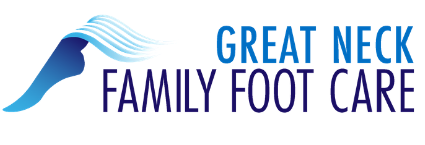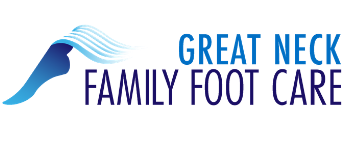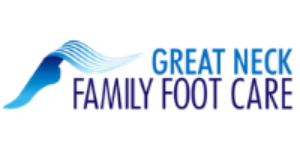17 Jun Athlete’s Foot Symptoms and Treatment
It’s summer in Nassau County and that means your family will be spending time barefoot at the pool, beach, or lake. That also means it’s prime time for Athlete’s Foot, or tinea pedis. Athlete’s Foot is most commonly caused by a fungal infection and fungal infections of the feet happen more in the warm weather when feet sweat more. Fungus thrives in damp areas, such as showers, locker rooms and changing areas, and swimming pools. In such locations, the fungus is easily spread from person to person. You can get Athlete’s Foot by direct contact or from touching contaminated items, such as socks, or by walking on a floor that someone with the infection has walked on. It’s estimated that 70% of the population will contract Athlete’s Foot at some point.
What are the symptoms of Athlete’s Foot?
The first sign of Athlete’s Foot is itchy, dry, scaling skin, which is usually seen on the soles of the feet and in between the toes. If left untreated, inflammation, cracks, and blisters may form. The fungus can spread to the toenails and to other areas of the body. It is even possible for an infection to occur.
What is the treatment?
At Great Neck Family Foot Care, board certified podiatrists, Dr. Alec Hochstein and Dr. Diana Gagliano have been expertly diagnosing and treating pediatric and adult foot issues for over 15 years. That’s why we say, “Put your feet in our hands and let our family take care of yours.” The first step is to make an appointment and come in for a thorough examination of the feet, after which your foot and ankle surgeon will recommend the best treatment. Usually anti-fungal powders, sprays, and/or creams are prescribed.
How to Prevent Athlete’s Foot
Wash feet with soap and water daily and be sure to dry completely, especially between the toes. Keep feet dry and avoid walking barefoot in places where Athlete’s Foot is likely to be transmitted. To learn more about taking care of your feet, visit our website.





Sorry, the comment form is closed at this time.